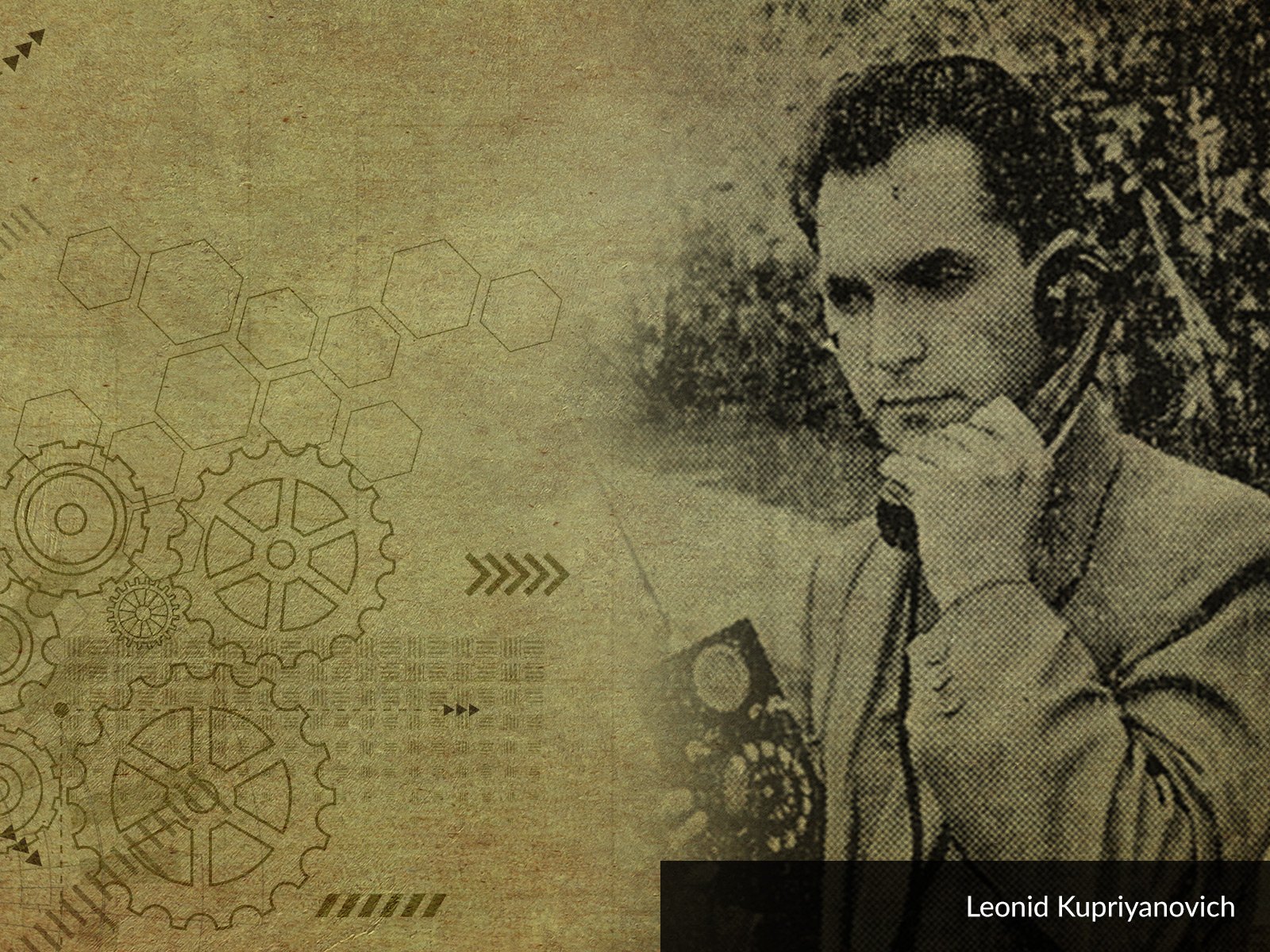
Vsevolod Frederiks was born on 13 or 29.04.1885. He was born in Warsaw, which was then under Russian rule. The future physicist was the son of an official of noble birth. He began his education in Tobolsk, but continued it later in Nizhny Novgorod, where he had the opportunity to follow in his father's footsteps and begin a career as an official. If he had chosen this path, we probably wouldn't have heard about him. However, Frederiks decided to continue his education - he went to Switzerland, where he studied physics at the University of Geneva. He also studied in Paris and Göttingen. The outbreak of World War I stopped the career of Frederiks, who became a persona non grata in Germany. Luckily, David Hilbert decided to lend him a helping hand and hired the Russian scientist as his personal assistant. After the end of hostilities, he returned to Russia, first to Moscow and then to St. Petersburg. At the A. F. Ioffe Institute of Physics and Technology, he focused on the effects of electric or magnetic field on liquid crystals. He conducted numerous experiments on this phenomenon, discovering, inter alia, the Frederiks's transition, i.e., the effect that allowed us to develop the technology of liquid crystal displays, which is now used in countless electronic devices.
The interests of the talented theorist and careful experimenter were not limited to liquid crystals Largely due to his work in Göttingen, Frederiks eagerly explored the issues of the theory of relativity and quantum mechanics. He was one of the main promoters of these issues in Russia and in the USSR. In addition, he was highly respected by Western scientists. However, he had to pay the highest price for his dream. On 19.06.1936, a total solar eclipse occurred at the Moon's descending node, which was visible over the entire territory of the USSR. The subject attracted the interest of many scholars, including foreign ones, who focused on the phenomenon. One important research centre was the Pulkovo Observatory, which initiated as many as three expeditions to different locations. Unfortunately, the contacts between Pulkovo scientists and researchers from other countries led to a number of arrests of astronomers, geologists, physicists, and mathematicians. Frederiks was also among over a hundred arrested scientists. He was charged with espionage and participation in a Nazi terrorist organization. Under interrogation by the NKVD, the physicist confessed to planning to assassinate Joseph Stalin. He was sentenced to 10 years in prison, which can be considered a lenient sentence - more than 20 other scientists were executed. In prison, Frederiks tried to continue his research, although his options were severely limited. He developed pneumonia while being held in jail and died in 1943. His name was cleared some 13 years later. Unfortunately, it was too late for Frederiks.
While Frederiks devised the essential effect of all LCD technology, LCDs have over time become a fundamental part of the interface of a wide variety of devices. They first appeared in the form of LCD Numeric Display Modules, then LCD Alphanumeric Display modules, and finally LCD Graphic Display Modules . They became the basis for the development of TFT technology, allowing the production of relatively high-resolution screens, where each subpixel can be set to different shades of its colour. Today, they are gradually replaced by IPS TFT LCD display modules – it should be noted that the phenomenon behind this technology was discovered by Vsevolod Frederiks. The two main factors behind the success of LCD were low production costs and low energy consumption. It is often believed that the liquid crystal screen (especially in the case of graphic and colour LCD displays) contributes to a faster battery drain of mobile devices, e.g., phones. However, the reason for this is not the energy used to refresh the image on the screen; the display backlight is the single largest power consumer. After all, the most energy-saving circuits, such as watches powered by button cells or solar-powered calculators can "communicate" with us thanks to LCD displays. Such screens are also used in a range of laboratory equipment, such as scales, multimeters or power supplies, in industrial devices (meters, thermometers, etc.), and in countless consumer electronic devices.
Frederiks studies and the history of liquid crystal technology teach us two things. First of all, it often takes years, or decades, to turn an invention into a mass-produced product. Almost half a century has passed between the Russian scientist's experiments and the widespread use of LCD screens in the 1980s. The second lesson of Vsevolod Frederiks' biography is that politics and science can be a dangerous mix; let us not forget that scientists might be deterred from doing research in fields that are under significant political scrutiny. It is difficult to say how many inventions had to be abandoned or postponed.





